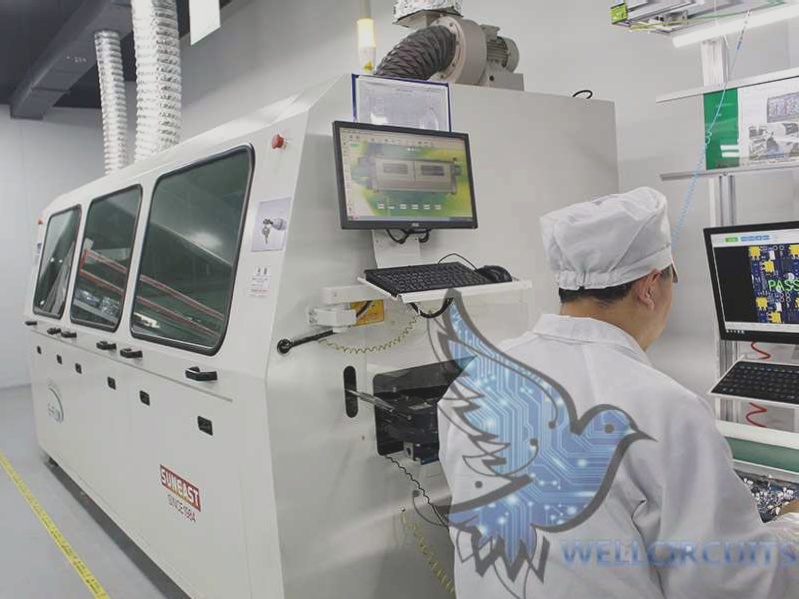Welding Processes for Printed Circuit Boards
When it comes to designing printed circuit boards (PCBs), welding plays a crucial role in securing electronic components onto the board. There are two main welding processes commonly used in PCBA processing: DIP Wave Soldering and Reflow Soldering.
DIP Wave Soldering
- Wave soldering is a batch welding process that involves melting liquid tin at high temperatures to solder PCB components.
- The process includes flux spraying, pre-coating, wave soldering, and cooling to ensure proper bonding.
- Preheating activates the flux, and wave soldering securely bonds the components to the board.
Reflow Soldering
- Reflow soldering is used to permanently bond components to the board using solder paste.
- It involves preheating, holding, reflow soldering, and cooling to create strong joints.
- Proper cooling is essential to prevent the formation of excess compounds or thermal shock.
The main difference between wave soldering and reflow soldering lies in the components they are best suited for: wave soldering is ideal for plug-in components, while reflow soldering is preferred for SMD components.
WellCircuits: Your PCBA Manufacturing Partner
WellCircuits is a trusted PCBA manufacturing service provider with 16 years of experience in electronic assembly. Specializing in various industries like medical care, automotive electronics, and AI, their expert team offers reliable services worldwide. With over 300 satisfied customers in 40+ countries, WellCircuits is your go-to partner for top-notch PCBA processing services.
Contact WellCircuits for all your PCBA manufacturing needs.

